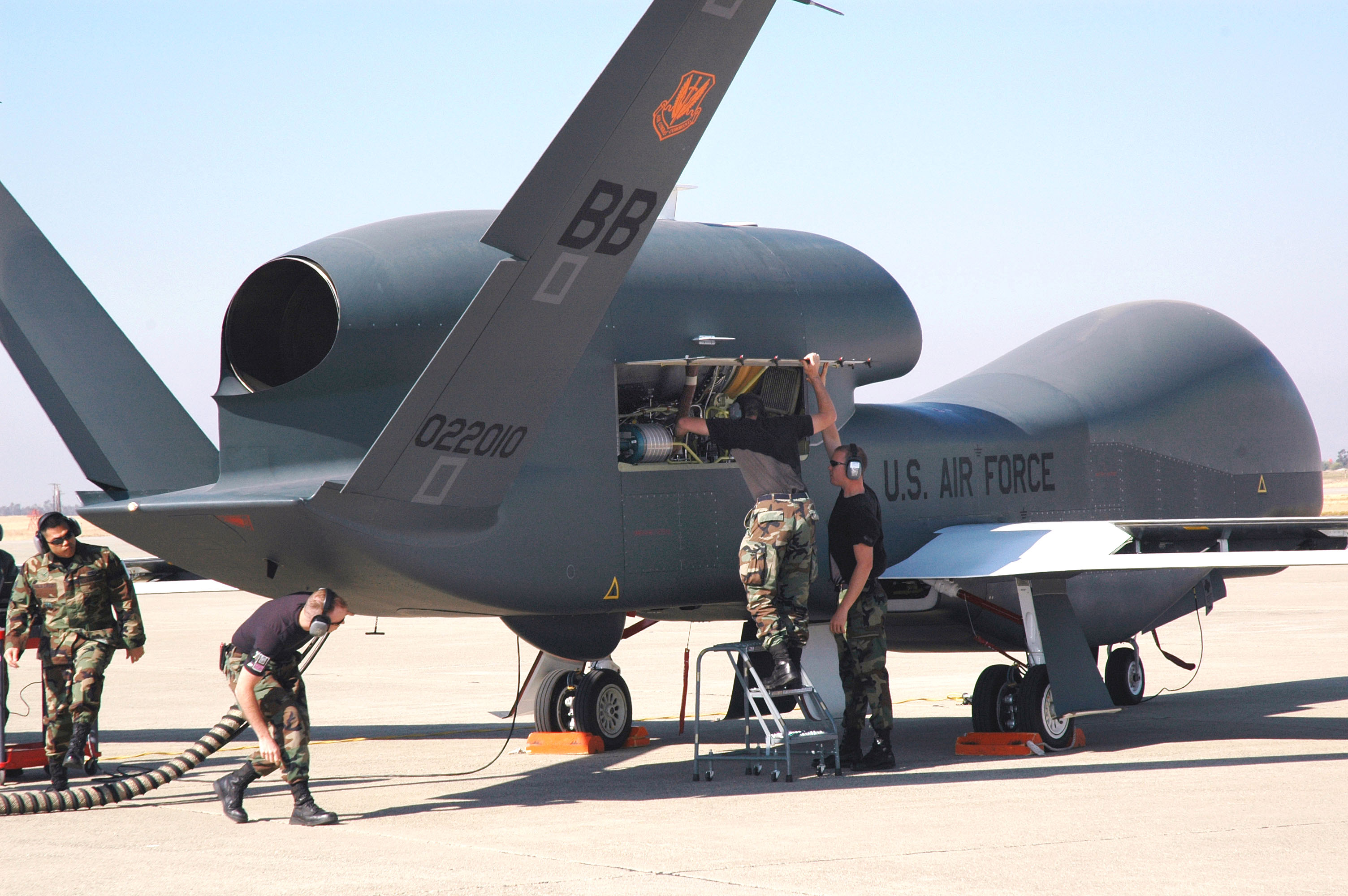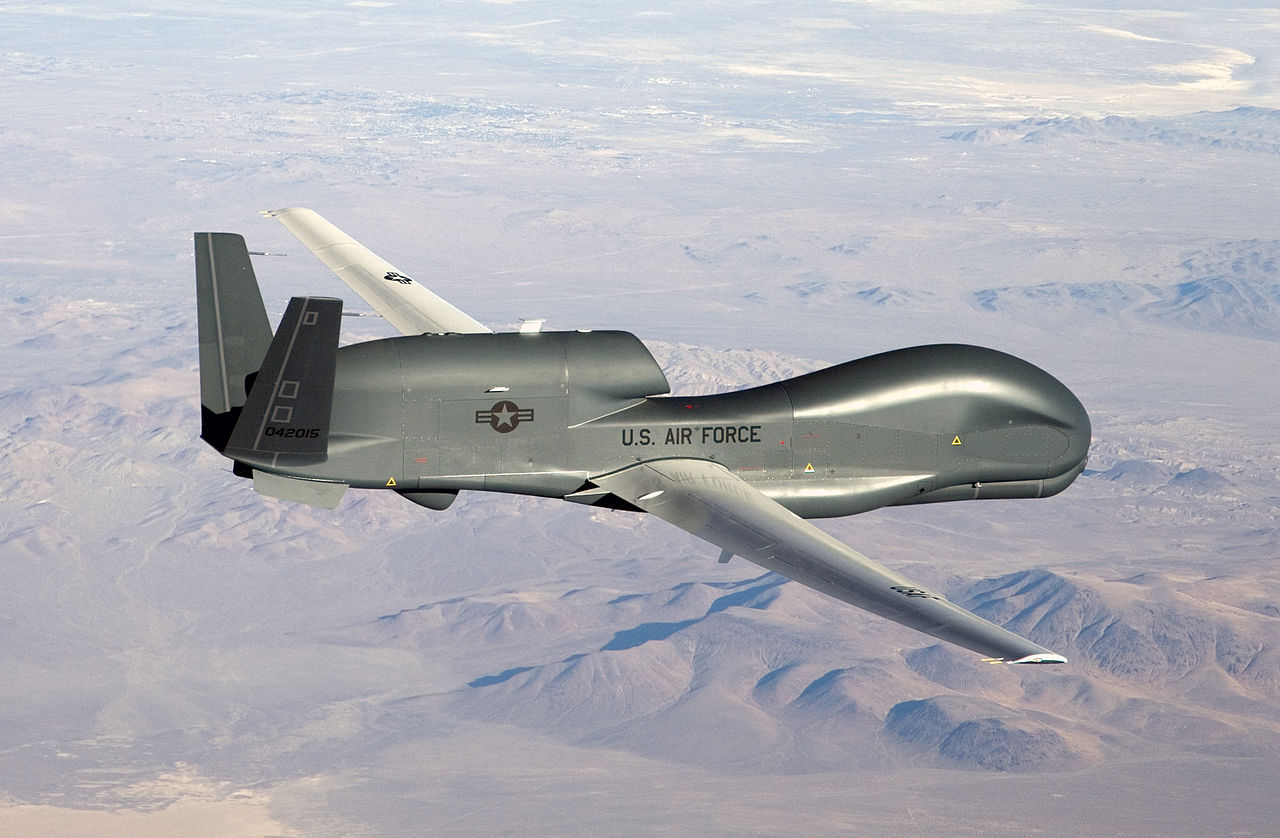Introduction
The Republic of Korea (ROK) is committed to the use of unmanned aerial vehicles (UAVs) and is formulating operational requirements for them. Among the questions the ROK is considering is whether UAVs should operate purely within South Korea or over the whole Korean Peninsula, and whether it is necessary to purchase UAVs from the United States or if indigenous products will suffice. The ROK Ministry of National Defense (MND) recognizes the value of UAVs as reliable, affordable, flexible, and effective, with strategic, operational, and tactical utility. However, MND is debating whether UAVs should be limited to intelligence, surveillance, and reconnaissance (ISR) missions for land warfare, naval operations, and civil security, or if they should also be capable of air warfare and precision-guided strike operations.1 The more general and extensive use of UAVs is further complicated by issues of legitimacy. However, the issue of greatest contextual importance as relates to the use of drones is the legal status of the Korean Peninsula at the time of use – is it in a wartime or peacetime situation?
At present, UAVs should be seen as complementary to manned aircraft systems. Although it is premature for the ROK military to consider UAVs as a replacement to manned systems, there are excellent reasons to pursue their development.2 Indeed, innovative defense-industrial companies are encouraging the move away from increasingly obsolete manned systems toward revolutionary new ways of fighting that use unmanned platforms and systems deployed in battle zones.3 UAV operations will surely play an essential role in any future war with North Korea, and it is not an exaggeration to say that they may completely change the character of such conflicts.
Why Is the ROK Adopting UAVs?
There are numerous strategic, operational, and tactical reasons to deploy UAVs. First, following the policies articulated in the MND documents Defense Reform 2014–2030 and 2014 Defense White Paper, the ROK is seeking to implement a “proactive deterrence strategy” against the increasingly complex and multidimensional military threats that North Korea presents. The prompt and accurate assessment of such threats by the ROK armed forces will require more effective and reliable ISR capabilities. For example, the recent North Korean testing of a submarine-launched ballistic missile in the East Sea is the kind of contingency that could be readily monitored by UAV ISR collection missions. In such situations, the clear and comprehensive intelligence that UAVs can provide prevents unwarranted escalation, avoiding the casualties that might result from the deployment of troops and manned assets.4
Second, despite needing significant education and training to sustain their effectiveness, UAVs offer the prospect of substantial reductions in human resources and budgets. Some traditional military strategists insist that manned aircraft will remain dominant, but many reformers argue that manned flight in the contested airspace above the Korean Peninsula is too risky and of limited value, and thus that UAV missions should become the rule rather than the exception.
Third, warfare on the Korean Peninsula has always been beset by difficulties resulting from the complex terrain. High and steep mountains, often covered with woodland and also much affected by seasonal changes, are not an easy battlefield to cope with. This setting maximizes the utility of UAV operations, which can be conducted even within narrow and confined valleys, providing on-scene commanders with the intelligence they require to identify tactical targets and avoid miscalculations in close-range combat situations.
Fourth, many ROK air force (ROKAF) airstrips are in crowded cities, leading to noise complaints about routine takeoff and landing activities. Many local residents and some local governments also argue that old and potentially dangerous air bases in central urban areas should be relocated to more remote areas. UAVs may ultimately provide some relief from such problems.
All things considered, there are ample reasons to prefer UAVs to manned aircraft for some – although not all – roles and missions. This should not be seen as a binary choice, but rather in terms of a process in which some functions of manned aircraft are gradually replaced by UAVs.




